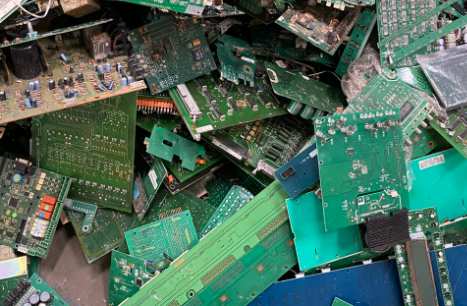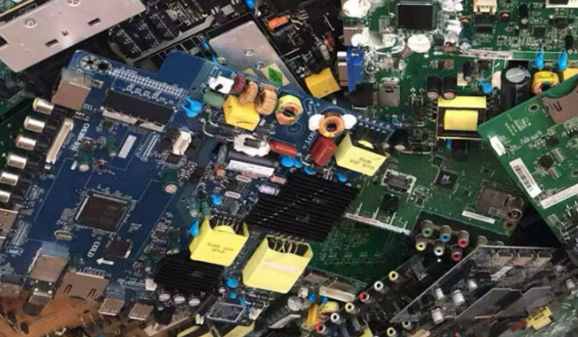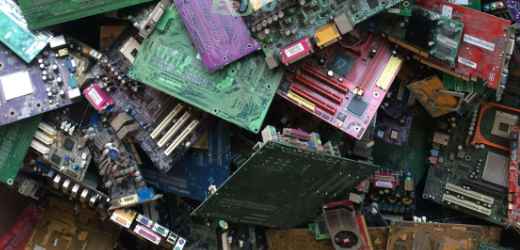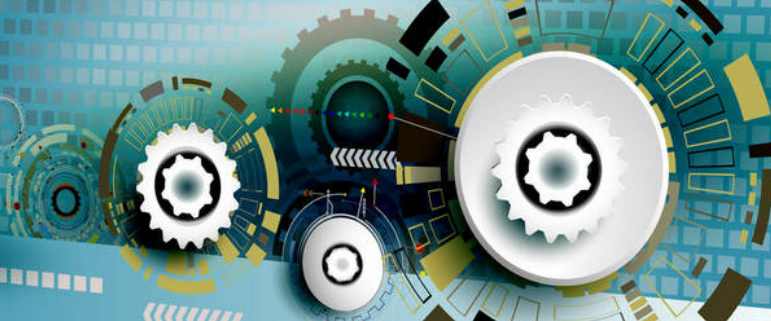
In the design of PCB board, with the rapid increase of frequency, there will be a lot of interference different from the design of low frequency PCB board, and with the increase of frequency and the contradiction between the miniaturization and low-cost PCB board is increasingly prominent, these interference more and more complex. In the actual study, we can conclude that there are four main interference, including power supply noise, transmission line interference, coupling and electromagnetic interference (EMI). Through analyzing various interference problems of high frequency PCB and combining with the practice in work, the effective solution is put forward.
First, power supply noise
In the high frequency circuit, the noise of the power supply has an obvious influence on the high frequency signal. Therefore, the first requirement is that the power supply be low noise. Clean land is just as important here as clean power. Why? The power supply characteristics are shown in Figure 1. Obviously, the power supply has a certain impedance, and the impedance is distributed throughout the power supply, so the noise will be superimposed on the power supply. Then we should reduce the impedance of the power supply as much as possible, so it is better to have a proprietary power layer and ground. In high frequency circuit design, the power supply is designed as a layer, which in most cases is much better than as a bus, so that the loop can always follow the path with the least impedance. In addition, the power board has to provide a signal loop for all signals generated and received on the PCB. This minimizes the signal loop and thus reduces noise, which is often overlooked by low-frequency circuit designers.
There are several methods to eliminate power supply noise in PCB design.
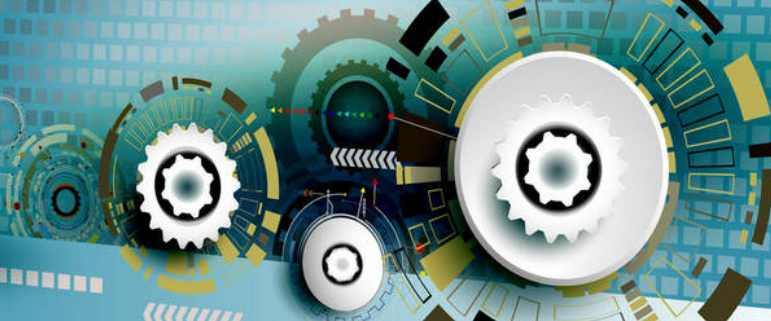
1. Pay attention to the through hole on the board: the through hole makes the opening on the power layer need to be etched to leave space for the through hole. If the opening of the power layer is too large, it is bound to affect the signal loop, the signal is forced to bypass, the loop area increases, and the noise increases. At the same time, if some signal lines are concentrated near the opening and share this section of the loop, the common impedance will cause crosstalk.
2, the connection line needs enough ground: each signal needs to have its own proprietary signal loop, and the loop area of the signal and loop as small as possible, that is to say, the signal and the loop should be parallel.
3. The power supply of analog and digital power supply should be separated: high-frequency devices are generally very sensitive to digital noise, so the two should be separated and connected together at the entrance of the power supply. If the signal is to cross the analog and digital two parts, a loop can be placed at the signal crossing to reduce the loop area.
4. Avoid overlapping of separate power sources between different layers: otherwise, the circuit noise is easy to pass through parasitic capacitance coupling.
5, isolation sensitive element: such as PLL.
6. Place the power line: In order to reduce the signal loop, the power line is placed on the side of the signal line to reduce the noise.
Two, transmission line
Research on Anti-interference of high frequency PCB
In PCB, there are only two kinds of transmission lines: strip line and microwave line. The biggest problem of transmission line is reflection, which will cause many problems. For example, load signal will be superposition of original signal and echo signal, which will increase the difficulty of signal analysis. Reflection will cause return loss (return loss), and its effect on the signal is as serious as that of additive noise interference:
1. The reflection of the signal back to the signal source will increase the system noise, making it more difficult for the receiver to distinguish the noise from the signal;
2, any reflected signal will basically reduce the quality of the signal, will make the shape of the input signal changes. In principle, the solution is mainly impedance matching (for example, the interconnection impedance should match the impedance of the system very well), but sometimes the calculation of impedance is more troublesome, you can refer to some transmission line impedance calculation software.
The methods of eliminating transmission line interference in PCB design are as follows:
(a) Avoid impedance discontinuity of transmission lines. Impedance discontinuity point is the transmission line mutation point, such as straight corner, hole, should be avoided as far as possible. Methods: Avoid straight corners, try to walk 45° Angle or arc, large corners can also be used; Pass holes are used as little as possible because each pass hole is an impedance discontinuity and the outer signal avoids passing through the inner layer and vice versa.
(b) Don't use pile line. Because any pile line is a source of noise. If the pile line is short, it can be connected at the end of the transmission line. If the pile line is long, it will take the main transmission line as the source, resulting in a large reflection, which complicates the problem, so it is recommended not to use it.




